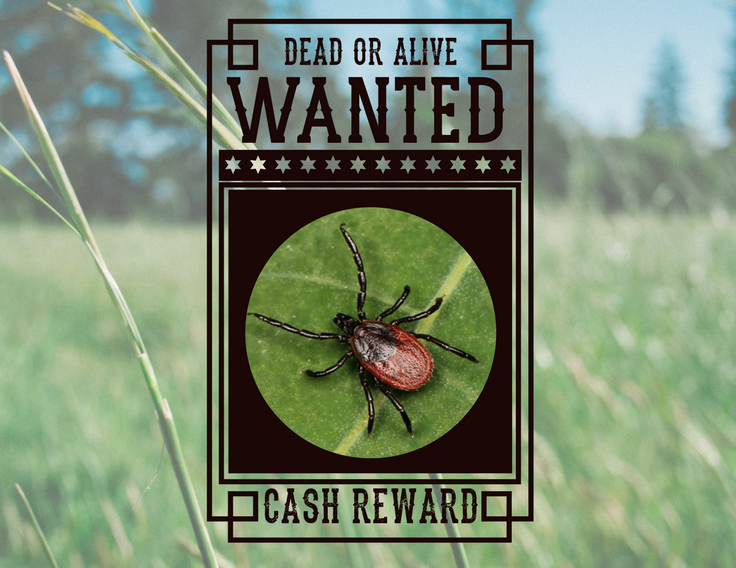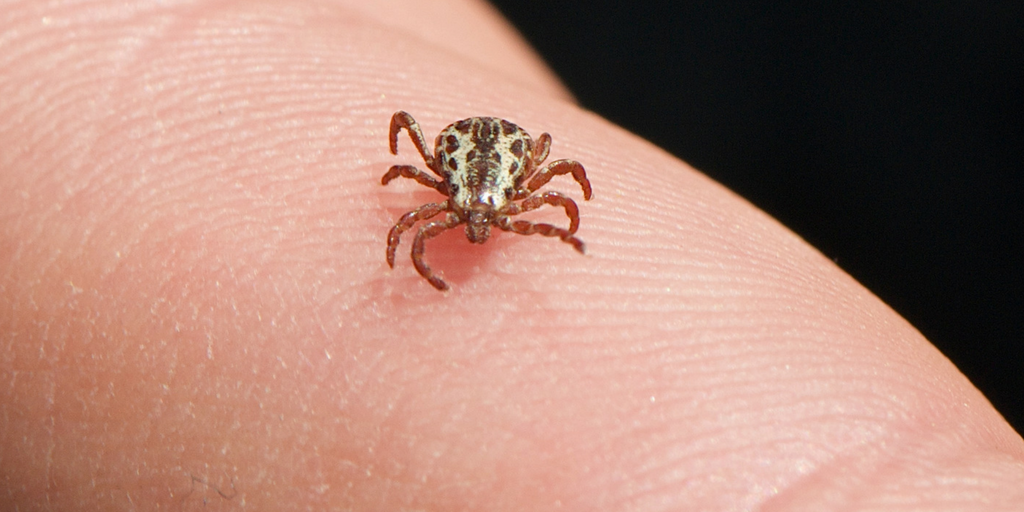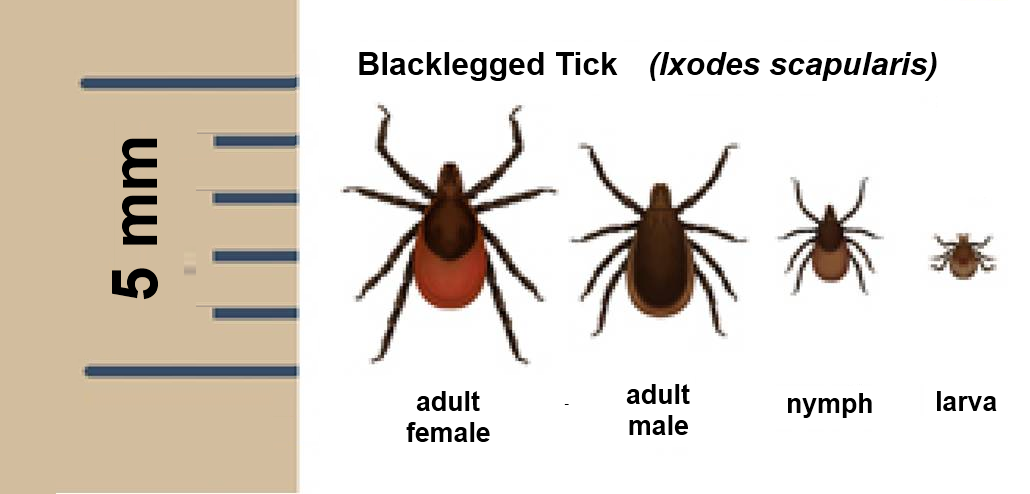
Howdy partners! Welcome to this week's Tick Talk blog.
For those unaware, Tick Talk is a weekly informational series on the life and times of our not-so favourite arachnid, the tick. From now until late-May, we will be churning out a new tick-related blog every week, with the goal of keeping our readers safe and informed for the upcoming spring/summer season. Sounds like fun, doesn't it?
Today, we take a look at two of Canada's most notorious ticks; the American dog tick and the blacklegged tick, both scoundrels in their own right.
Both ticks are small, plentiful, and potentially disease-carrying, so we need to learn all we can about these critters with spring in full swing.
Saddle up, y'all - it's time to learn about two of Canada's Most Wanted Ticks.
American Dog Tick

Size: Unfed females are typically 5 mm long. Males are about 3.6 mm long.
Colour: Reddish brown with white markings or silver-coloured spots.
Personality: Unsavory.
M/O: Obtaining 3 blood meals.
If you see this tick, avoid at all costs!
The American dog tick is one of the most common ticks found across Canada, from the plains of Manitoba to the rolling hills of Ontario. During most of its 2-year life cycle, the dog tick can usually be found in areas with long grass and tree cover, where it waits patiently for its next blood meal to wander by. They're about the size of an apple seed and reddish brown in colour, and usually have white markings or silver-coloured spots on their shells, distinct enough to stand out if viewed up close (hopefully not too close, though).
They are most active in the spring and summer, and they feed on a variety of hosts, ranging in size from mice to deer. Humans are often on the menu as well, so make sure to take the necessary precautions when out and about in the great outdoors!
Although they don't transmit Lyme disease like our other most wanted tick, nymphs and adults can transmit diseases such as Rocky Mountain Spotted Fever and Tularemia. According to the Center for Disease Control and Prevention, adult females are most likely to make a meal out of us innocent humans.
Blacklegged Tick

Size: Unfed adult female blacklegged ticks are approximately 3 to 5 mm in length.
Colour: Dark brown or black.
Personality: Nasty.
M/O: Getting a blood meal at whatever cost.
If you run into this nasty critter in the wild, steer clear! They can carry and transmit the bacteria that causes Lyme disease.
Blacklegged ticks (also known as deer ticks) are widespread throughout Canada, due to tick larvae and nymphs attaching themselves to migratory birds. Bird-borne ticks thus create the possibility of infectious tick bites almost anywhere in Canada. That's right folks, there really is no escape!
When questing, blacklegged ticks search for a host from the tips of low-lying vegetation and shrubs, not from trees. Generally, the ticks attach to a person or animal near ground level, hitching a ride until its insatiable appetite for blood is quenched.
Like the American dog tick, blacklegged ticks are most active in early spring and fall, so the time is now to take action!
Talk to us today about our tick control and mosquito control service, or follow us on Facebook for weekly tick and mosquito bite prevention tips.



